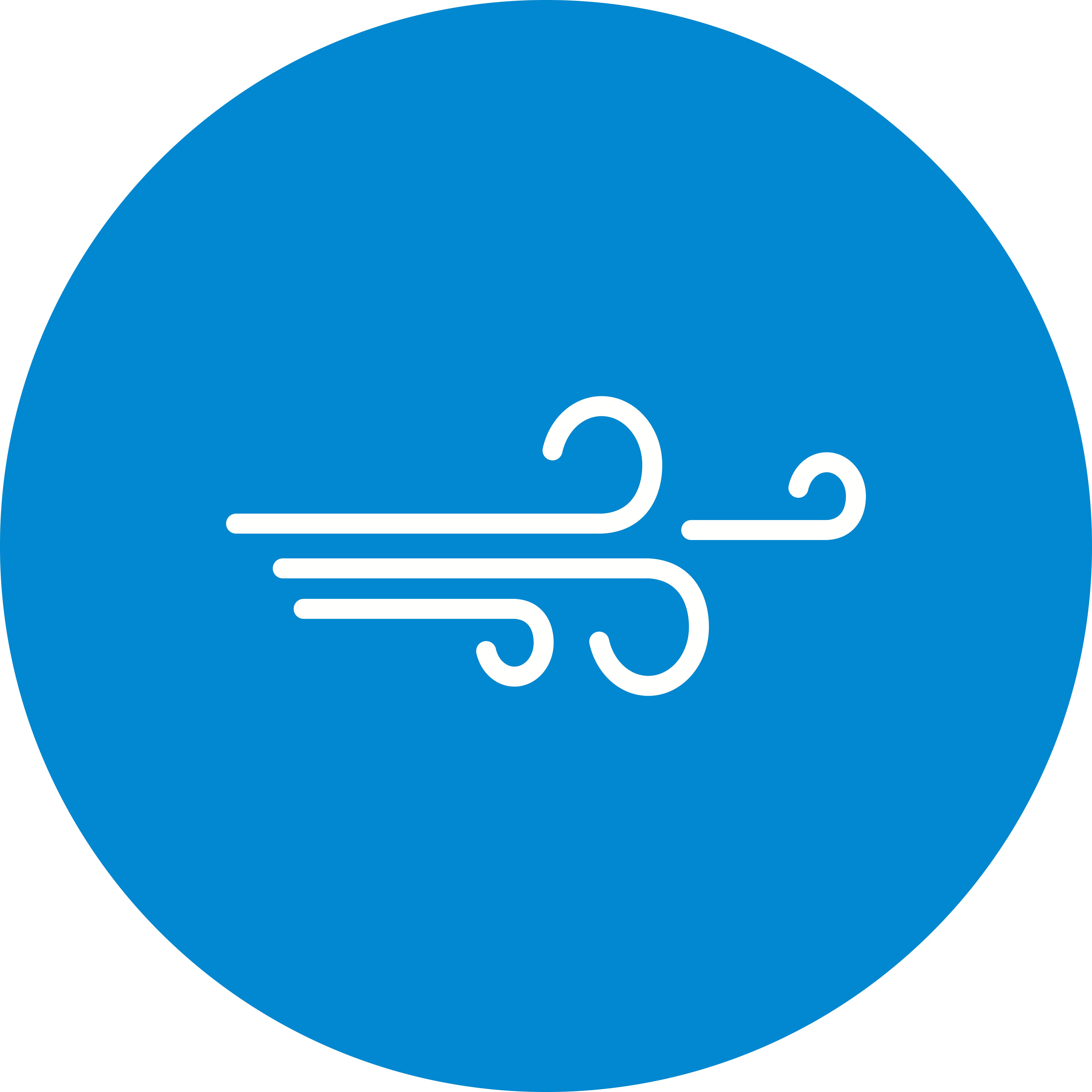- cross-posted to:
- [email protected]
The noose says the same thing as the overhand
As a sailor, the overhand knot is mostly useful to know as a cautionary tale. If you tie one in the lines on my boat, I might throw you overboard. Never tie a plain overhand knot. It jams up under load, and is near-impossible to untie. It also weakens the rope by crushing the fibers.
Make a figure-8 if you need a stopper knot.
Text for the noose knot is just a repeat of the overhand knot. No bowline or clove hitch also means this is of less use.
Can’t tie a knot? Tie a lot.
That noose and slip knot are the same, and that’s a very poor way to illustrate a sheet bend
Which one’s do I use on my wife?
How is the bowline not on here. The ability to hold an extreme amount of weight, yet easy to undo afterward. Used in all types of situations.
I have almost never encountered a situation where a regular double or triple knot didn’t do the trick for whatever i needed. Interesting coolguide nonetheless
I learned knots growing up, and I find myself using two half hitches and a taut line hitch fairly often. Slip knots are great for quick releases. A clove hitch doesn’t do too much on its own, but is great for starting a lashing, or wrapping around one post, as long as the other end will be tensioned with a taut line hitch or similar.


